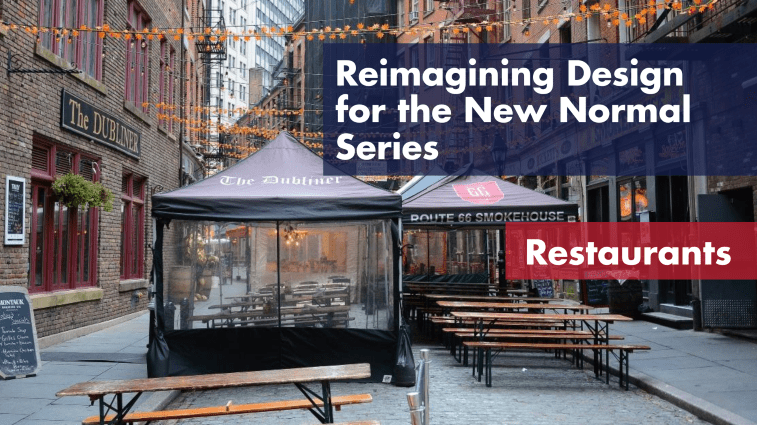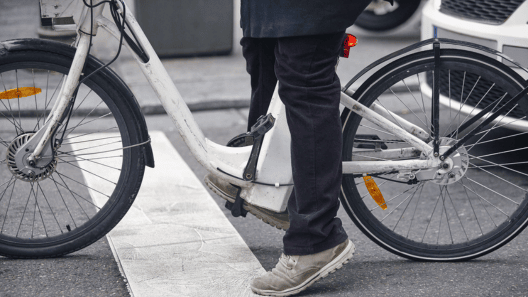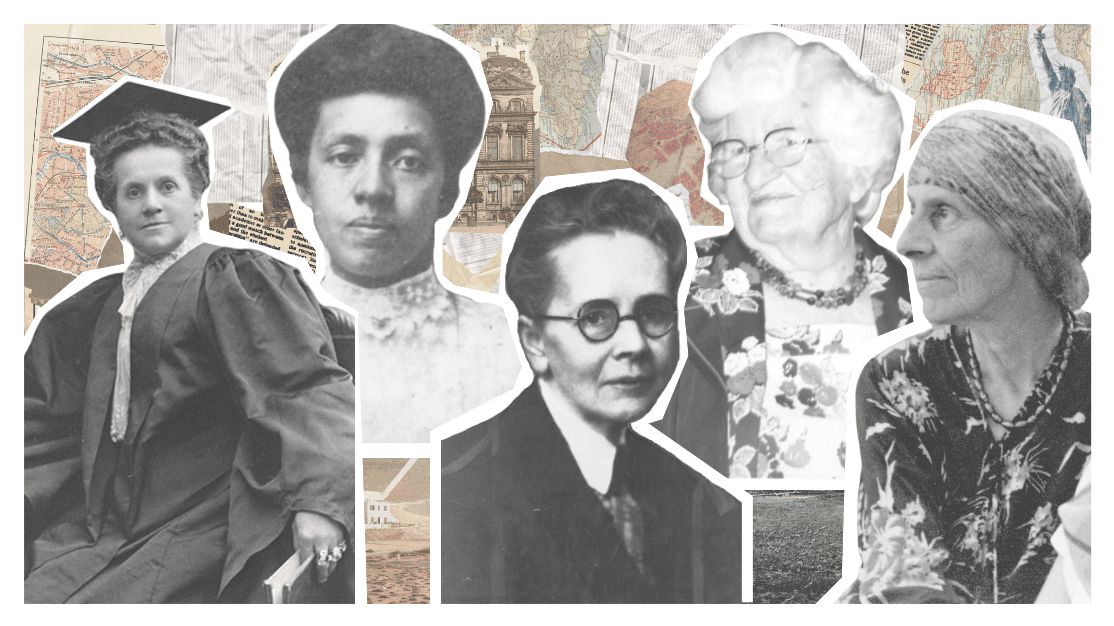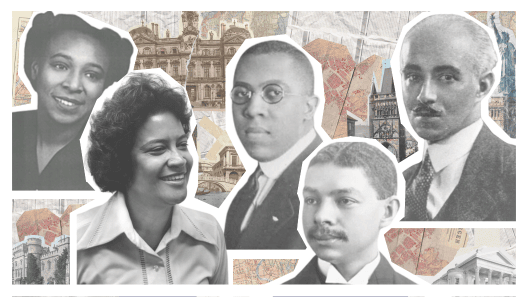
Reimagining Design for the New Normal: Restaurants
Restaurants have been caught in something of a catch-22 since the beginning of the pandemic.
While food services were considered an essential service and thus allowed to stay open, a business whose products pass from hand to mouth requires extra precautions other business models haven’t needed to take.
Not to mention, the “Three Strikes and You’re Closed” policy instituted in July has put extra pressure on restaurants statewide to abide by the social distancing guidelines or face shut down.
While difficult for many restauranteurs to navigate, this has resulted in some creative design solutions to make it easier to keep customers and staff safe and happy while dining out.
As restaurants await word on the future of indoor dining, here’s how they’re innovating to stay in the game:
-
Outdoor dining
Probably the biggest change in the restaurant industry has been the expansion of outdoor dining. With government-sponsored initiatives like the Open Restaurants and Open Streets program, many institutions are taking advantage of the warmer weather to go a la carte. While these temporary programs are currently set to end in the fall, they are promised to make a comeback next summer, and winter outdoor dining options, with the aid of heaters and the like, are currently being discussed. Still, restaurants with pre-existing outdoor seating areas may want to invest in heaters now to keep the party going. -
Physical Barriers and Guideposts
Spatial choreography has become increasingly important, as restaurants have to maximize their spaces to maintain distance between staff and customers, particularly with waiters carrying food back and forth. While the early days of COVID saw tacked-on paper signs and masking tape arrows directing foot traffic, as weeks have turned to months more permanent physical barriers like sneeze guards and partitions between tables have become more common. -
Dining modules
In order to transform what were once parking spots or trafficked sidewalks into stylish yet protected dining areas, the Rockwell Group design firm worked with restaurants to develop the DineOut NYC dining module system. Following city distancing guidelines, it includes “a dining booth, sanitation station, wooden decking panels, and plant-covered street fencing, along with accessory details such as lighting, umbrellas, fans, and planter benching.” These can be set up in whichever way works best for the space the restaurant has. -
Reducing touchpoints
With the increased need to disinfect heavily-trafficked surfaces, many businesses have streamlined services by going bare-bones on table décor and replacing traditional table settings and menus with disposable or digital options. But some take it a step further -- Matthew Goodrich responded to early data on surface transmission of the virus by developing hands-free hardware for bathroom doors for clients. “Even if this ends up being unnecessary,” he told Bon Appetit, “guests may prefer this post-COVID.”
Overall, flexibility will be a key factor in restaurant design going forward. As the weather and the situation with the virus fluctuates, so too will rules around dining. Restaurant designs that accommodate these shifting regulations, whether it be through removable barriers or dining modules, will have an easier time going forward.
If you need assistance in redesigning your restaurant in these times, please reach out to us at Outsource Consultants.
Resources
- Architectural Digest – How Restaurant Design Is Changing As a Result of COVID-19
- Decoder – Outdoor Seating Amid Covid-19
- DineOut NYC
- CDC on Bars & Restaurants
- NYS Food Services Guidelines
- Bon Appetit – From Pandemic to Protests
Reimagining Design for the New Normal: A Look Inside Each Industry.
Covid-19 has had an impact across every industry. With the need for low-touch and 6-feet of distance, high-tech, futuristic design may be coming faster than we anticipated. From spatial choreography to antimicrobial materials, there are many standard and unique ways that each industry will approach the new normal. With insights from experts in design, construction, and the building code, we have curated articles for many of the major industries on how to approach the new normal with safety and aesthetics in mind. This series will dive into restaurants, airports, healthcare, hotels, offices, residential, retail, theater, and museums. Do you have a topic that you would like Decoder to cover? Just ask the experts.








